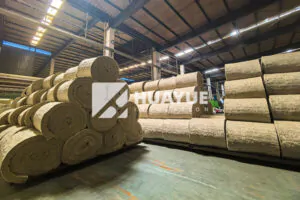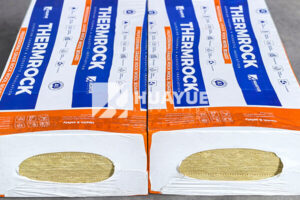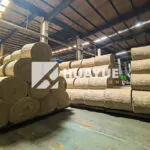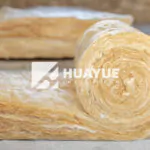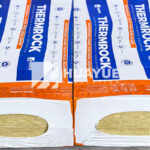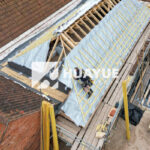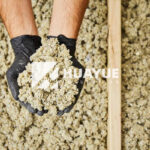What is the Best Thickness for Rock Wool Insulation?
Choosing the right thickness for rock wool insulation confuses many people. Pick the wrong size, and you risk higher energy bills or poor results.
The best thickness for rock wool insulation depends on specific applications: walls, ceilings, soundproofing, or fire safety. Most residential uses need 50-100mm, but other factors may require different sizes.
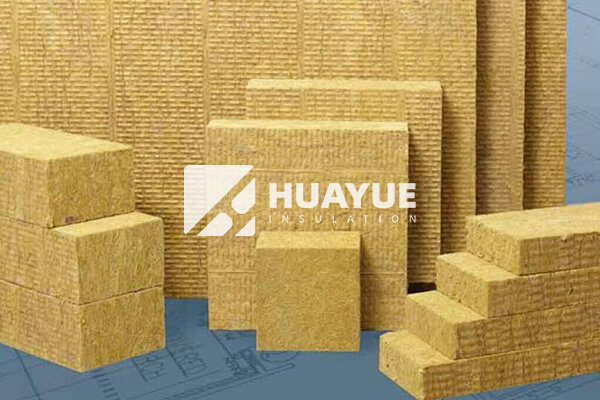
Many people only know thicker insulation feels safer, but having the wrong thickness wastes money and does not help efficiency. Choosing well means more than just picking a big number. Let me share what I have learned running insulation projects and working with customers across the world.
How thick should rock wool be?
Some insulation feels too thin while others feel too heavy. It’s easy to worry about picking the right size.
Usually, rock wool comes in a range from 25mm to 150mm. The most suitable thickness depends on where you use it and what you want to achieve.
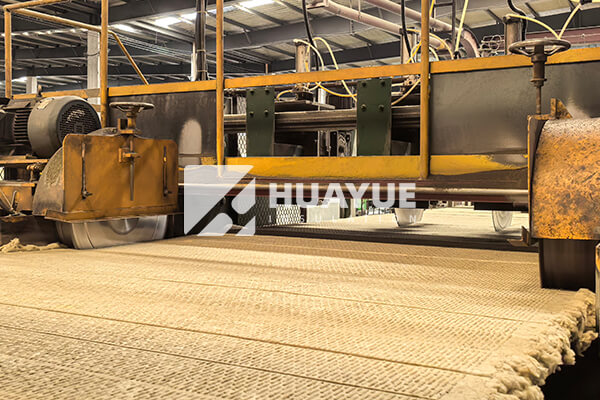
Rock wool comes in various thicknesses because different applications need different solutions. Wall insulation often uses 50mm or 75mm panels, which fill standard stud cavities. For roofs and attics, 100mm or even 150mm is common to meet modern standards. Industrial tank insulation sometimes calls for customized thicknesses, especially where high temperatures require extra layers for better thermal protection. I always advise customers to match thickness not just to national building codes, but also to specific climate needs, energy savings goals, and budget. Below is a simple table summarizing recommended thickness by application:
| Application | Typical Thickness (mm) |
|---|---|
| Interior Walls | 50–75 |
| Exterior Walls | 75–100 |
| Roofs/Attics | 100–150 |
| Industrial Tanks | Variable (custom) |
| HVAC & Pipes | 25–80 |
When I help clients select the right insulation, I remind them to always check local codes and installation requirements. For specific needs, like cryogenic storage or areas with very cold winters, thicker or even custom options are available. At HUAYUE, our rock wool insulation can be ordered in any size between 25mm and 150mm. We even tailor thickness for special projects.
What is the best thickness for soundproofing?
People often hope one thick panel will stop all noise. That can be disappointing.
The ideal thickness for soundproofing a wall usually falls between 50mm and 100mm, depending on the noise level and space constraints.
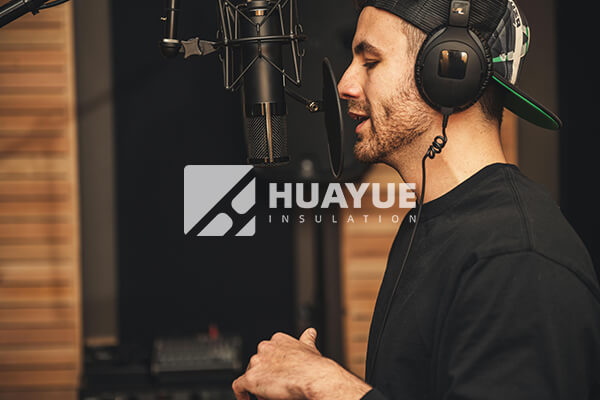
Rock wool insulation blocks and absorbs noise due to its dense fiber structure. Thicker sheets absorb low-frequency sounds better, which helps in music studios or home theaters. For everyday soundproofing, 50mm panels already provide good results when installed in wall partitions. For higher sound control, like in office meeting rooms or multi-family homes, 75mm or even 100mm panels may be better.
Here is a basic summary:
| Application | Recommended Thickness (mm) |
|---|---|
| Home interior walls | 50–75 |
| Studios and theaters | 75–100 |
| Commercial spaces | 75–100 |
| Industrial sound barriers | Up to 150 |
HUAYUE’s basalt-based rock wool gives better acoustic performance at these thicknesses because of its fine fiber structure. Unlike coarser mineral wool, our insulation feels softer, is not itchy, and offers improved noise reduction because it traps more air and vibration within the material. Remember, success also depends on installation: leaving air gaps or compressing panels too much can reduce soundproofing results.
Common Thicknesses for Residential Applications
Looking at home projects, many people get lost in technical details. Let’s keep it simple and clear.
Residential rock wool insulation usually comes in 50mm, 75mm, and 100mm thicknesses. Each is designed for a different spot in the house.
In exterior walls, 75mm or 100mm gives enough energy savings without shrinking the room. Attics and roofs need thicker material—usually 100mm to 150mm—because heat escapes faster through the top of your house. For interior wall partitions or between rooms, 50mm panels are enough. They add privacy and keep both sides comfortable.
Here’s a table for reference:
| Home Application | Typical Thickness (mm) |
|---|---|
| Interior walls | 50 |
| Exterior walls | 75–100 |
| Attics and roofs | 100–150 |
| Floor insulation | 50–75 |
What sets HUAYUE apart is our use of basalt rock, which has a strong green color and high heat tolerance. It does not sag, even in the thinnest panels, and keeps its shape year after year. Many clients tell me they notice their homes stay warmer in the winter and quieter all year long after switching to the right thickness of our rock wool.
Thicknesses for Commercial & Specialized Applications
When building schools, hospitals, or industrial plants, the stakes and requirements change. Ordinary solutions may not work.
In commercial and industrial projects, rock wool insulation thickness can vary from 25mm for ducts up to 150mm for large tanks or high-temperature pipes.
Commercial spaces like offices and hotels usually need thicker insulation for meeting strict fire codes and noise standards. In specialized use, such as industrial tanks or equipment with high temperatures, the thickness may be customized. Many of these projects also select insulation for fire resistance. HUAYUE’s basalt-based products can withstand up to 700°C, while standard mineral wool only manages around 500°C. Our insulation’s waterproof property helps prevent corrosion, which is critical in chemical and food processing plants.
See summary below:
| Commercial Use | Suggested Thickness (mm) |
|---|---|
| Ducts and pipes | 25–80 |
| Ceilings/restaurants/hotels | 75–100 |
| Industrial storage tanks | 100–150 (custom) |
| High-temperature machinery | Up to 150 |
I have worked with engineers who say the flexibility in thickness lets them solve tough problems, from maintaining fire barriers in hospitals to keeping chemicals stable in giant tanks.
Factors Influencing Thickness
It’s never just about personal preference. Multiple factors change what thickness you need.
Key factors affecting rock wool insulation thickness include climate, required fire rating, soundproofing goals, space limits, and cost.
Climate matters a lot: colder areas benefit from thicker insulation because it cuts down heating costs more sharply. Local building codes may set the minimum thickness for safety. If you need both fire and water resistance, HUAYUE’s fine-fiber basalt rock wool performs better than ordinary yellow mineral wool because it is less itchy, handles higher temperatures, and absorbs less water.
In my experience, most of my clients pick a thickness around 75mm to 100mm for best long-term performance, balancing cost versus energy savings and safety. If space is tight, I sometimes recommend layering two thinner panels instead of one thick one, which can increase both sound and thermal insulation.
| Factor | Effect on Thickness Decision |
|---|---|
| Local climate | Colder needs thicker insulation |
| Fire safety requirements | Higher ratings, thicker material |
| Space in wall/ceiling | Limited space may restrict thickness |
| Soundproofing | More thickness blocks more noise |
| Budget | Thicker costs more, but saves energy |
My customers often thank me for suggesting the right thickness, not just the thickest option. Making that choice comes from understanding the building’s real needs.
Conclusion
Choosing the best rock wool thickness depends on your application, energy goals, and safety needs—balance each factor for lasting results, saving money, and better comfort and protection.
You may also be interested in:
Ready to Get Started?
Get in touch with our experts for personalized solutions tailored to your needs.
Get Free QuoteLatest Articles
Let's Work Together
Ready to take your business to the next level? Get in touch with our team of experts and let's discuss how we can help you achieve your goals.
Get Free Solutions
